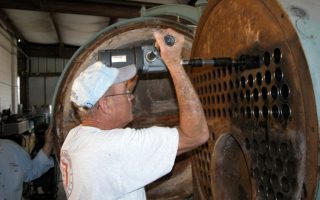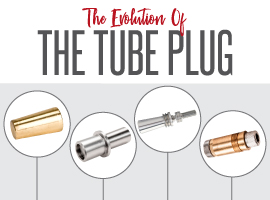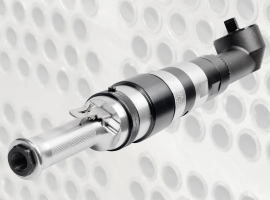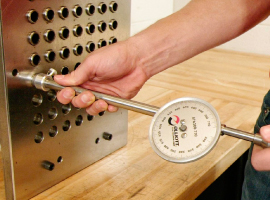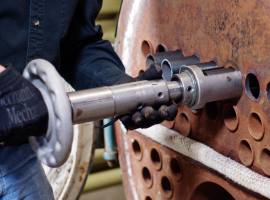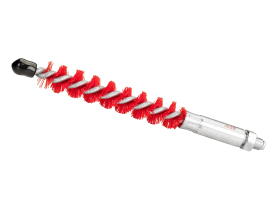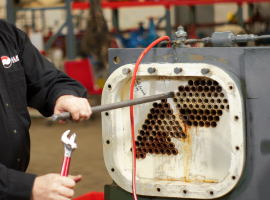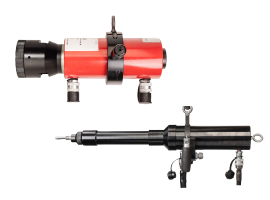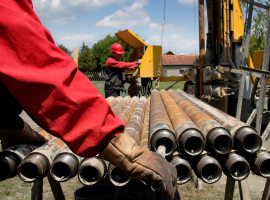Get The Best Bead With Proper Set-Up
Erica Dzomba2019-11-25T14:11:19-05:00Single roll beading expanders simultaneously expand and bead the tube ends in firetube boiler applications. This tool accomplishes the creation of a pressure-tight tube-to-tube sheet joint, and a beaded tube end, by utilizing the natural feed force built into the expander to push the beading roll against the end of the tube while expansion is taking place. The successful operation of these expanders can be achieved by following a few simple steps.

